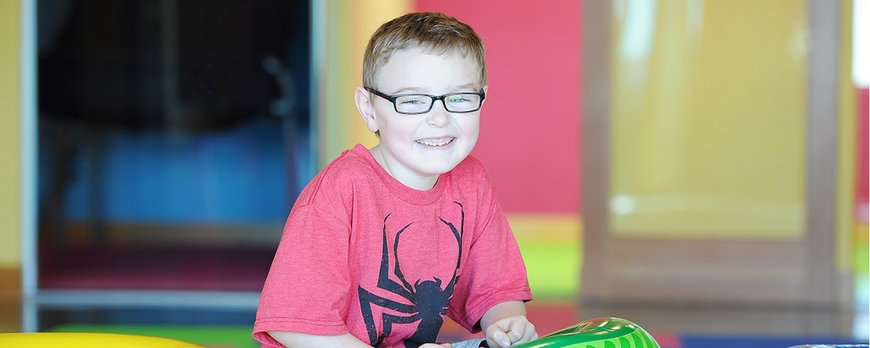Hand-eye Coordination

How Hand-eye Coordination Helps Early Readers
This article contains information regarding hand-eye coordination and it's importance for reading and writing. Affiliate links are included for your convenience.
Hand-eye coordination is one of the most important parts of the learning process. It helps your child track the movements of their hands with their eyes, which is essential for reading and decoding. Because your child also uses their visual system with hand-eye coordination, it can greatly impact their writing skills and handwriting as they use their eyes to guide, direct and control their hand movements across the page as they write letters and words. Your child's eyes send a message to the brain about a certain object or stimuli (pencil, ball, apple), which triggers signals to your child's hands for a reaction to that object or stimuli (writing, throwing, eating).
Hand-eye coordination also involves and utilizes so many other important body systems such as your child's proprioception, vestibular, visual processing and sensory-motor. If your child struggles with hand-eye coordination, you may find they have a hard time with balance and coordination, focusing their eyes on their hand movements, poor handwriting, playing sports, and trouble griping their pencil.
If your child has difficulty following a moving object in front of their eyes, and also has difficulty moving their eyes from one spot to another, it could be a sign that they have a hard time with hand-eye coordination and could eventually struggle with reading too. If your child's eyes tend to lag behind and instantly jerk to catch up instead of moving smoothly when reading or doing other coordination activities, they may need to further develop these skills.

Signs of Poor Hand-eye Coordination
If your child struggles with hand-eye coordination and their visual system you may notice some of the following signs:
- Complains of seeing double
- Turns or tilts his or her head when reading across the page
- Turns or tilts head when watching television or the teacher while he or she is teaching
- Has trouble following a moving object
- Omits words or numbers and loses their place when reading
- Difficulty with fine motor tasks
- Confuses right and left and has a poor sense of direction
